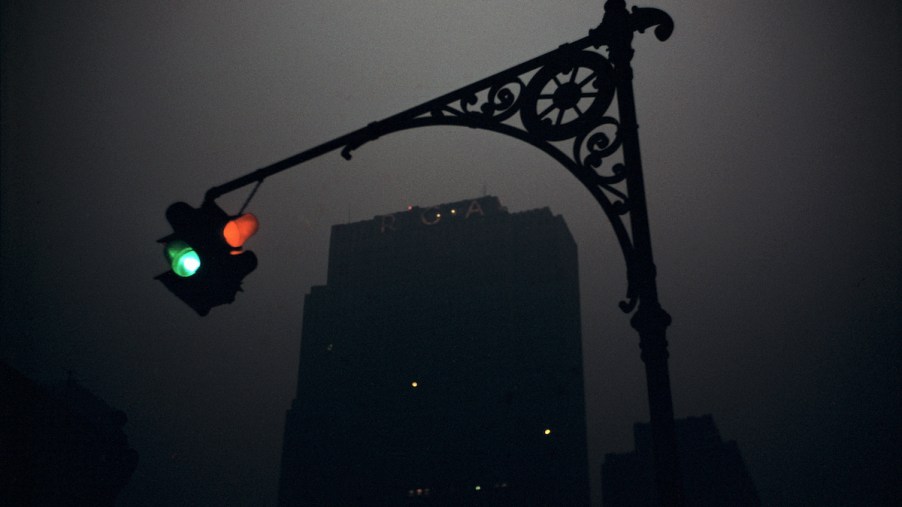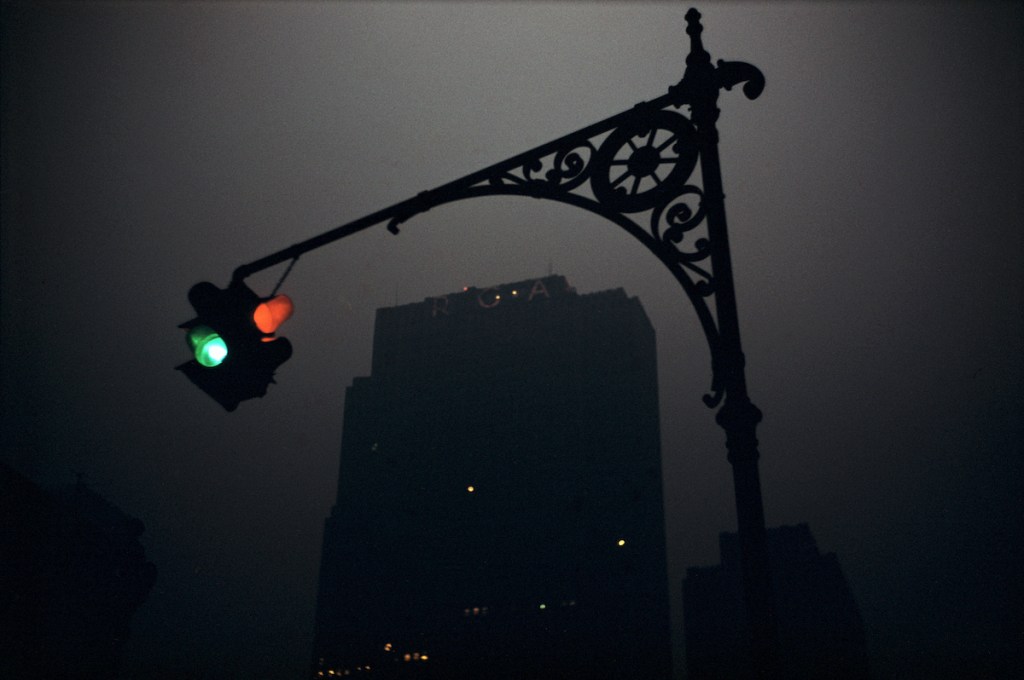
Inching Forward to Turn a Red Light Could Make You Miss the Green Light Altogether
Getting stuck at a red light is one of the most annoying aspects of driving. You’re probably tired and want to get home, and aggressive drivers behind you definitely aren’t helping. You find yourself inching forward, desperately willing the light to turn green.
Many drivers think that’s possible, and there’s actually a grain of truth to it. However, moving too far forward could cause you to wait longer for the light or miss it altogether. So, is there any way you can make a red light turn green faster?
Think twice before inching forward at a red light

Grace Nuñez, a spokesperson for the Sacramento Department of Public Works in California, told the local ABC affiliate KXTV-TV there’s “no validity” to the theory that pulling forward will trigger a red light to turn green. Traffic light lenses change color automatically when a car rolls into the detection zone. Therefore, as you slowly creep out of the detection zone, it will take longer to trigger a green light.
The only way that inching forward would work is if you stopped your car before the detection zone. The light would turn green faster because your car hadn’t entered the zone yet. If you don’t have room to stop from far away, you’re better off waiting your turn at the light.
How do traffic lights work?
Most traffic lights operate using an induction loop detector. If there are markings on the road just before the intersection, there are coiled wires installed beneath the pavement. These wires detect any metal objects passing over them, particularly cars and other motor vehicles.
Sometimes, instead of sensors installed beneath the pavement, there are infrared sensors mounted overhead. Active infrared sensors send a pulse to the traffic signal whenever its energy field is interrupted by a vehicle’s presence. Alternatively, passive infrared sensors help change a stoplight’s color by detecting the change in energy from cars at the intersection.
In recent years, stoplights have also been sighted using video sensors. These can be safer and more accurate because they can detect pedestrians and animals as well as objects. However, if you get these cameras confused with red-light detectors, you might get a ticket in the mail for inching forward.
In areas with heavy traffic, it might make more sense to have a timed stoplight. This ensures all cars and pedestrians have an equal allowance of time to get through congestion.
Other common misconceptions about stoplights
One widespread internet rumor suggests that flashing your high beams rapidly can get you a green light faster. This is somewhat true because traffic lights are designed to change when they detect 14 headlight flashes a second.
Only emergency vehicles, such as ambulances and fire trucks, are usually capable of pulling that off. You could install a set of flashers on your car’s roof, but you might get pulled over for impersonating a first responder. Any flashing lights that are intentionally used to mess with traffic signals are also illegal themselves.
One YouTube video with over 4 million views claims you can change a traffic light with a universal remote. Supposedly, if you press 9-1-1 on the remote, it tricks the light into thinking you’re driving an emergency vehicle. Not only does this “hack” fail, but it also shows a fundamental misunderstanding of how stoplights work.
The best way to ensure you get through a traffic light quickly (and safely) is to stay within the detection zone. Pulling up too far past the sensors won’t get you a green light. And the only thing flashing your headlights will accomplish is annoying every other driver in your vicinity, especially at night.


